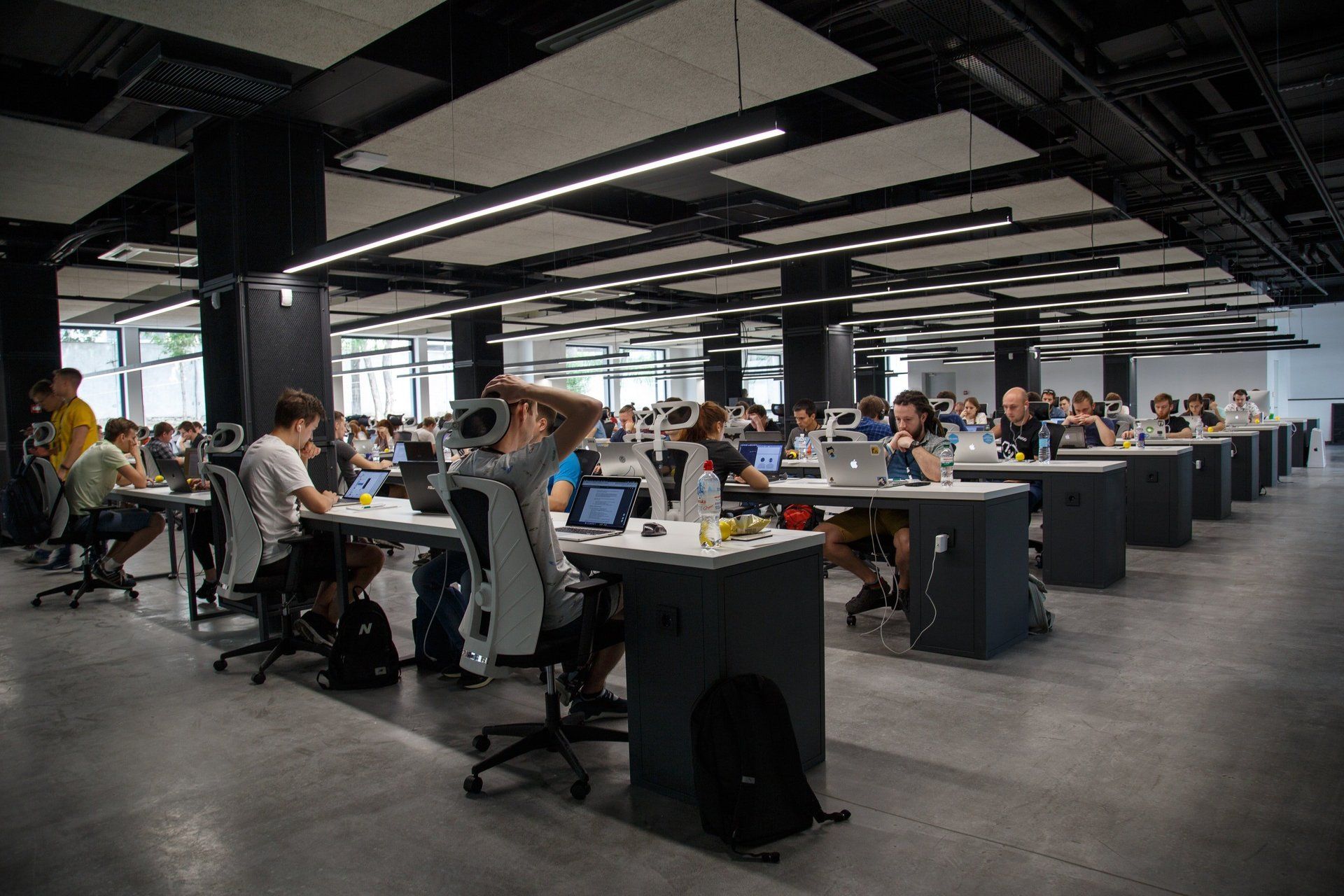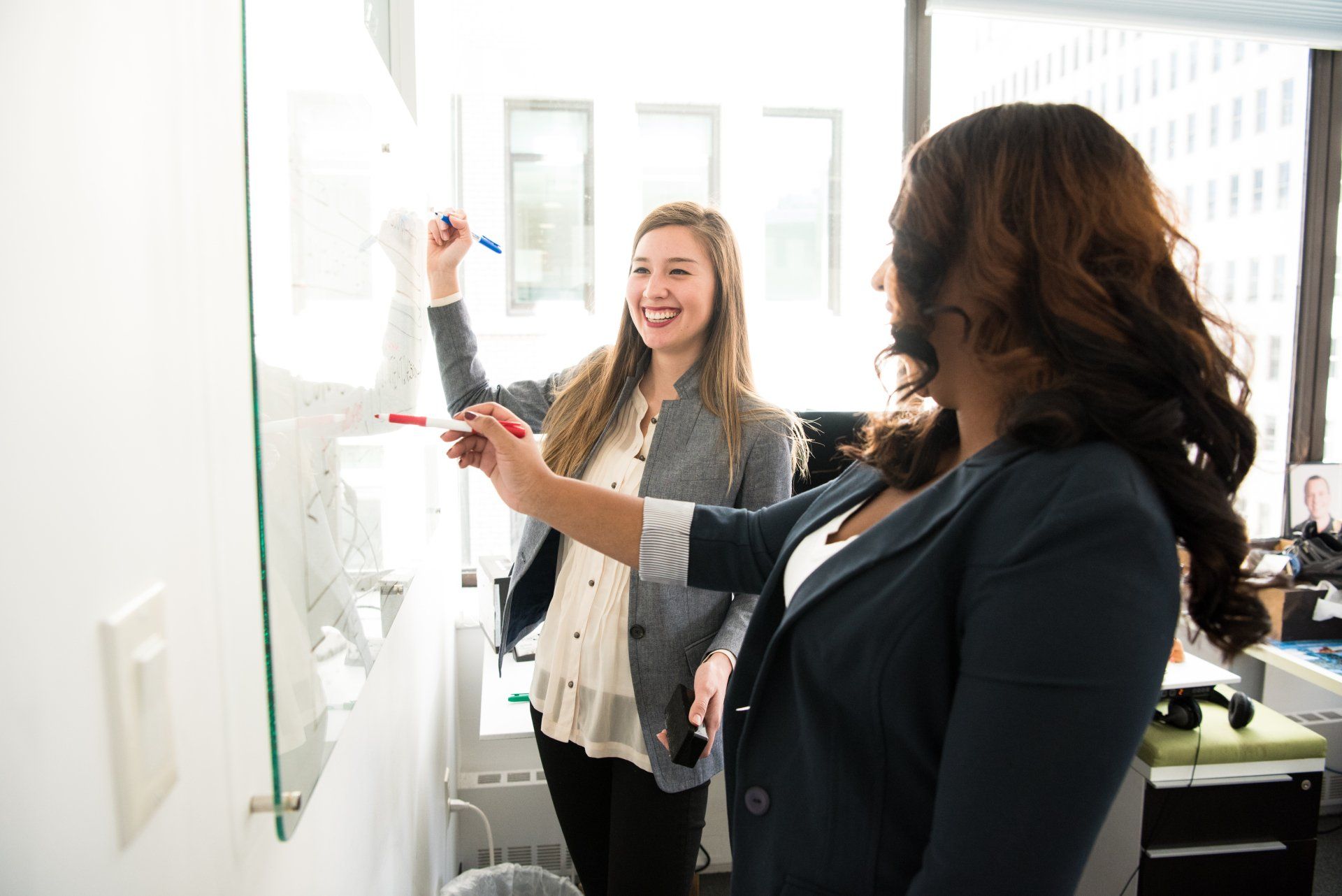COVID-19 Return to Work Guidance Published
8 Sectors Provided with Advice for Employers
Who can go to work?
Workers should continue to work from home if possible for the foreseeable future. From Wednesday 13th May, those who cannot work from home are allowed to travel to work if their workplace is open, avoiding public transport where possible.
Sectors of the economy that are permitted to be open from Wednesday 13th May are:
Food production
Construction
Manufacturing
Logistics
Distribution
Scientific research in laboratories.
For each sector there is specific guidance as to how to maintain a safe working environment as summarised below:
Construction and outdoor work
- Stagger arrival times.
- Have multiple entrances to sites.
- If necessary screen barriers to separate workers.
- Introduce fixed teams or partners and be allocated a single ‘zone’ within a site to reduce the number of people they come into contact with.
- Reduce job rotation so workers have a single task for the day and limit the number of tools they touch.
- Prevent non-essential trips to other buildings or worksites.
- Where social distancing is not possible, workers should work back to back or side by side, as opposed to face to face.
Factories, plants and warehouses
- Stagger arrival times.
- Reduce movement within factories, work in fixed teams.
- Reduce job, tool and machinery rotation.
- Layout of factories to allow people to work further apart from each other and mark out areas to help with this.
- Break times should be staggered to reduce the number of people in break rooms.
- Breaks should be taken outside or in separate parts of the worksite.
Labs and research facilities
- Staggering work times.
- Revise the layout of workspaces.
- Limit the number of employees in labs to help maintain social distancing and try to reduce the use of ‘high touch’ items – for example, test equipment – and other shared office equipment.
- In areas where there is a high risk of airborne particles, employers should ensure access to air handling and filtering systems.
Offices and contact centres
- Rethink the layout of offices, moving workstations apart and introducing one-way systems to reduce the number of people coming into contact with one another.
- Screens should only be used where it is not possible to move workstations apart.
- Hot desking should be avoided where possible. Where not possible, workstations should be cleaned between use by different occupants.
- Employees should attend meetings only when absolutely necessary, and should maintain social distancing throughout.
- Ideally meetings should be held in well-ventilated rooms or, if possible, outside.
Other people’s homes
- Ahead of visiting someone’s home, workers should discuss with that household whether social distancing is possible and ask that all internal doors are left open to minimise contact.
- They should identify busy areas in the household and try to minimise movement here.
- Workers should wash their hands on arrival and maintain social distancing where possible.
- Where jobs are repetitive, the same workers should be assigned to the same households.
- Where possible, they should travel alone and use their own means of transport. If not possible – for example, for delivery teams – shared journeys should be made by the same individuals each time and good ventilation maintained in vehicles.
Restaurants offering takeaway or delivery
- Kitchen access should be limited to as few people as possible and interaction between kitchen staff and other workers minimised – including during breaks.
- Contact at handover points when food is given to waiting staff should also be minimised. The guidance recognised it can be difficult in kitchens to rearrange workstations such as sinks, hobs and ovens, but employers should consider installing cleanable panels to separate them in larger kitchens.
- Access to walk-in freezers and pantries should be limited to one person at a time.
Shops and branches
- Shops should limit the number of customers who can enter at once so they can reasonably practice social distancing – taking into account floor space and pinch points.
- Employers should consider limiting the customer service they provide to services that can be offered safely, with clearly designated positions that maintain social distancing.
- All payments should be made contactless where possible.
Vehicles
- Vehicles should be cleaned regularly and have a sufficient supply of hand sanitiser and cleaning products.
- Where there is more than one person working in the same vehicle, they should work in fixed teams and if possible be separated by screens.
- Contact should be kept to a minimum with customers by minimising in-person payment and signing of packages, and pre-arranging areas for goods to be dropped off at.
For more more information on the guidance to employers click here
For more information on Health and Safety Risk Assessments click here
Download the HSE Working Safely During the Coronavirus Outbreak - A Short guide












